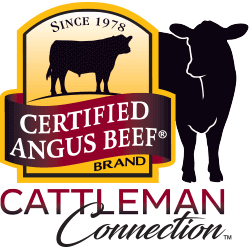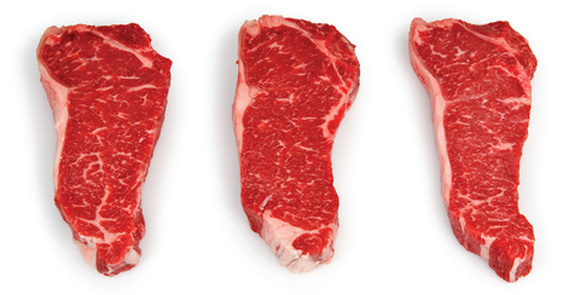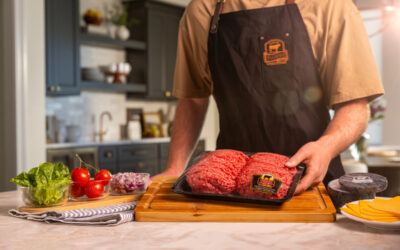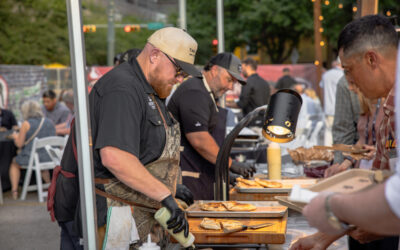
The grill’s best friend
December 5, 2011
It’s been said that diamonds are a girl’s best friend.
In the same way girls are drawn to things that sparkle, men (and women!) are drawn to things that sizzle – like tender, juicy steaks cooking over a mound of glowing coals. But did you know that as with diamonds, beef selection can be guided by three Cs? When consumers hit the retail meat case, cut, color and consistency often guide their beef buying decisions.
Every good grill master knows when it comes to beef, this particular “C” is extremely important. Cut influences cooking method (in our case, we’re going for something good on the grill), flavor, tenderness and price. But you don’t have to be a top chef to choose the right cut. Here are a few pointers:
- If you are going for something on the leaner side, look for cuts from the round, loin or flank. For grilling, the strip steak (also commonly called the Kansas City or New York Strip) is a great lean option.
- Marbling is the primary indicator of how tender and juicy a cut will be when cooked. The tenderloin yields the most tender cuts of beef, including the holy grail of grilling the filet mignon.
- Don’t overlook value cuts, such as the flat iron steak or Denver cut. These are well-marbled, tender, juicy options that put less of a pinch on your wallet.
Check out the “Beef Cuts” section of the Certified Angus Beef LLC website for more great tips on selecting and preparing various cuts of beef.
Have you ever been strolling by the meat case and noticed ground beef that’s a little more brown than red? Or glimpsed a dark spot in the middle of a juicy rib eye while selecting steaks for a little weekend grilling? Although these coloration taboos do not typically affect the safety of beef products, they are certainly unsightly and unappealing to consumers.
Color and appearance are extremely important at the retail level. The Certified Angus Beef ® brand has 10 science-based quality specifications that take it a cut above USDA Prime, Choice and Select. Three of these specs ensure the quality appearance of any steak labeled with the CAB® brand:
- “A” maturity keeps up that lighter, bright cherry red color, compared to beef from older cattle (“B” maturity).
- Practically free of capillary ruptures
- No dark cutters
Consistency, especially when it comes to proven product quality, is invaluable to both retailers and consumers. Beef is no exception. Chris Calkins, a meat scientist at the University of Nebraska, agrees:
“When consumers walk in they want help identifying consistent, uniform products. And branded beef products, by and large, are more consistent, more uniform than the general commodity mix that we offer.”
Three CAB specs help ensure a uniform, consistent steak for the highest quality eating experience:
- 10- to 16-square inch ribeye area
- Less than 1,000-pound hot carcass weight
- Less than 1-inch external fat thickness (and most trimmed off on the cuts of course)
So remember, the “3 Cs” aren’t just for your best girl – when it comes to buying beef, the “3 Cs” can also be a grill’s best friend!
You might also like
Success, Despite Challenges
Today’s market is complex and competitive. The collective effort of stakeholders across the supply chain positions Certified Angus Beef to meet the record demand for premium beef moving forward. Signals across the beef industry are clear and Angus farmers and ranchers seeking high-quality genetics that deliver premium beef are producing a product in high demand.
Keep the Supply Coming
A record-high 800 registrants from 17 countries gathered in Austin, Texas, to learn more about CAB, become inspired by the culinary work of chefs and pitmasters, and celebrate sales and production success. But at the forefront: supply and demand, a reflection of the chaotic past year, and preparing for what’s ahead.
Consumer Demand, Power of Quality
Demand for high-quality beef persists. But with that demand comes challenges. From tight cattle supplies to higher costs and increasing pressure on retailers to deliver a consistent eating experience, the pressure is on. David O’Diam, CAB VP of retail, addressed the current retail beef environment, highlighting both opportunities and challenges in today’s marketplace.






